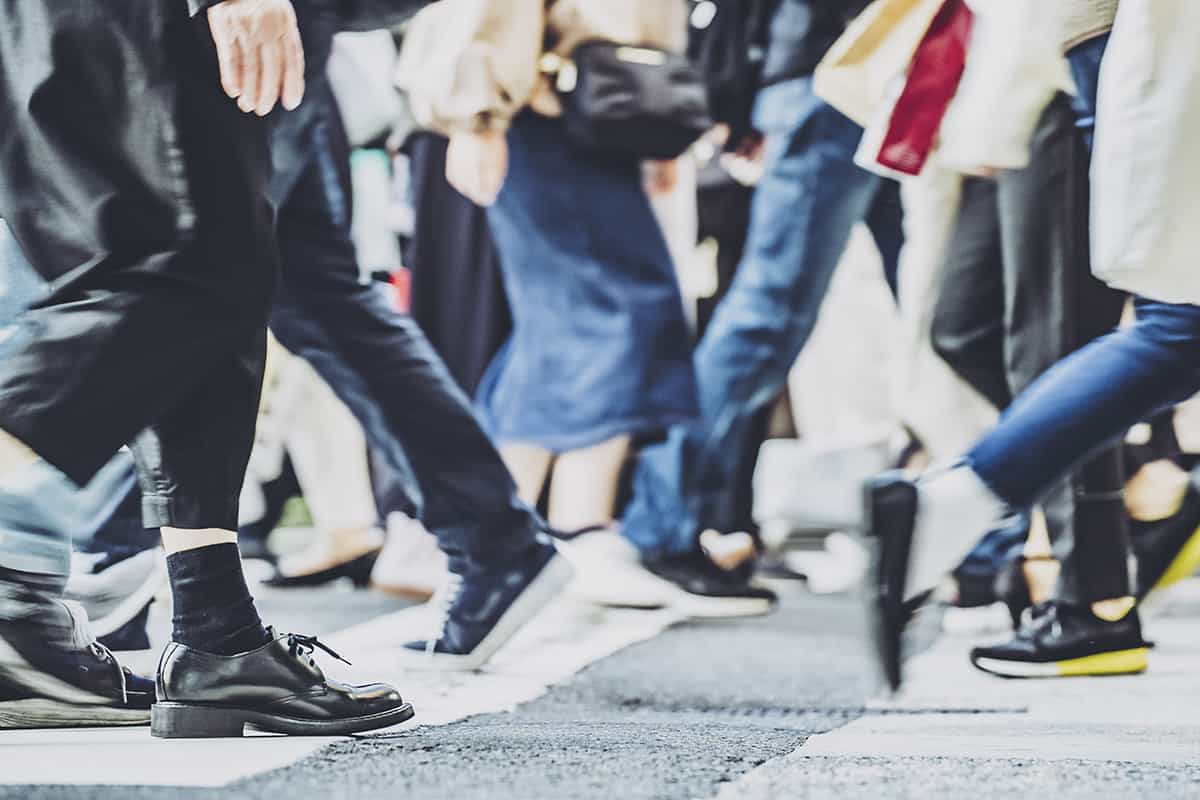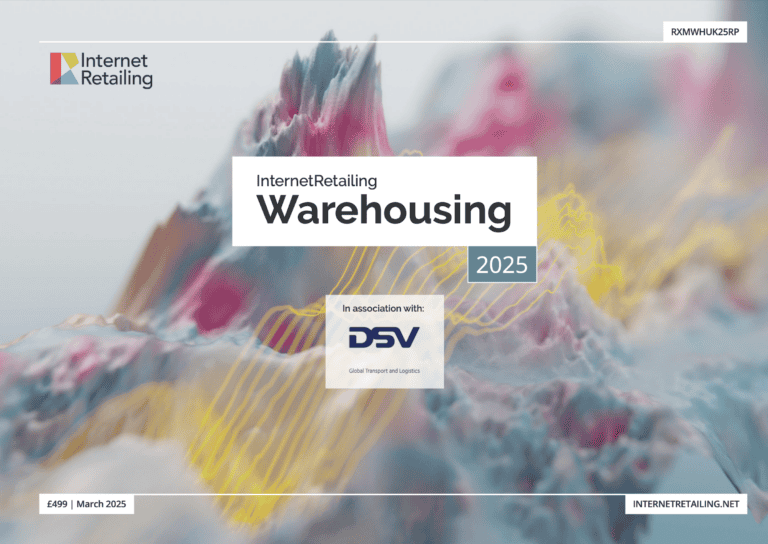Footfall in January on UK high streets was up +17.2% on weekdays compared to 2022, outpacing the smaller increase of +10.3% at weekends, suggesting that employees have been tempted back into the office for the 2023. Across all UK retail destinations annual footfall was up +10.7% on January 2022.
This result is particularly encouraging given the rail strikes that occurred in the first week of the month, when many employees would have planned to return to their offices, and which undoubtedly contributed to a drop in footfall of -3.3% from the week before.
However, footfall rose in each of the three subsequent weeks, averaging +2.2%, with a particularly strong performance in high streets where there was an average week on week increase from the second to the fourth week of January of +3.8%.
The move of employees back into offices in January was clearly demonstrated by a greater annual rise in weekday footfall than weekend footfall in both high streets and shopping centres. With many shopping centres located in high streets, it is not surprising that when consumers head back into offices – most of which are in town centres – it drives up both high street and shopping centre footfall.
“This evidence reflects the efforts made by many businesses to encourage their employees back into the office following the Christmas break, but it also demonstrates the adverse impact on retail and hospitality businesses when employees opt to work from home during rail strikes,” explains Diane Wehrle, Marketing & Insights Director, Springboard.
“We know that during the strikes in December footfall – particularly high street footfall – was severely impacted on the days of the strikes, but the full impact on economic performance was mitigated by the festive period providing an added incentive for consumers to divert their trips to shopping centres and retail parks,” she says. “With the festive period fully behind us, and the cost-of-living crisis hitting households hard, when hurdles to spending such as the rail strike are placed in the way, it is likely that many consumers will abandon shopping trips and rein in their spending instead, hindering economic recovery.”









